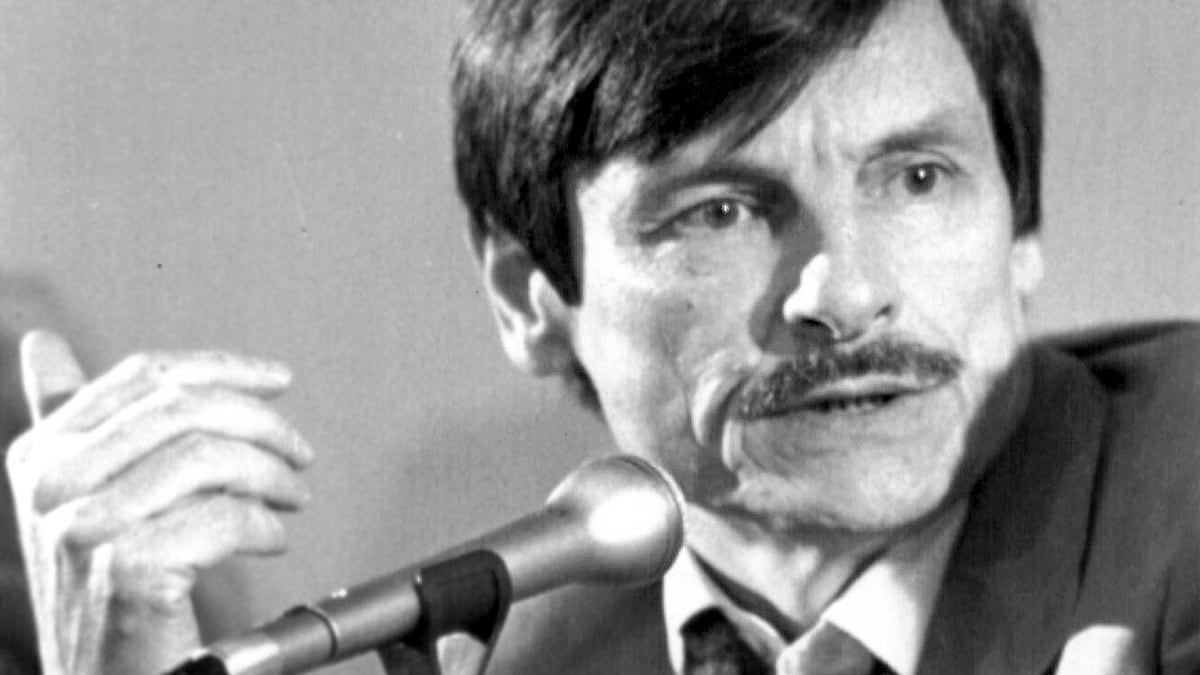Archive
Geoff Dyer Takes on Andrei Tarkovsky’s Film ‘Stalker’ in ‘Zona’
The peripatetic Dyer nimbly explores Andrei Tarkovsky’s Stalker, a film that has obsessed the author since he first saw it 30 years ago.

Trending Now
The peripatetic Dyer nimbly explores Andrei Tarkovsky’s Stalker, a film that has obsessed the author since he first saw it 30 years ago.
